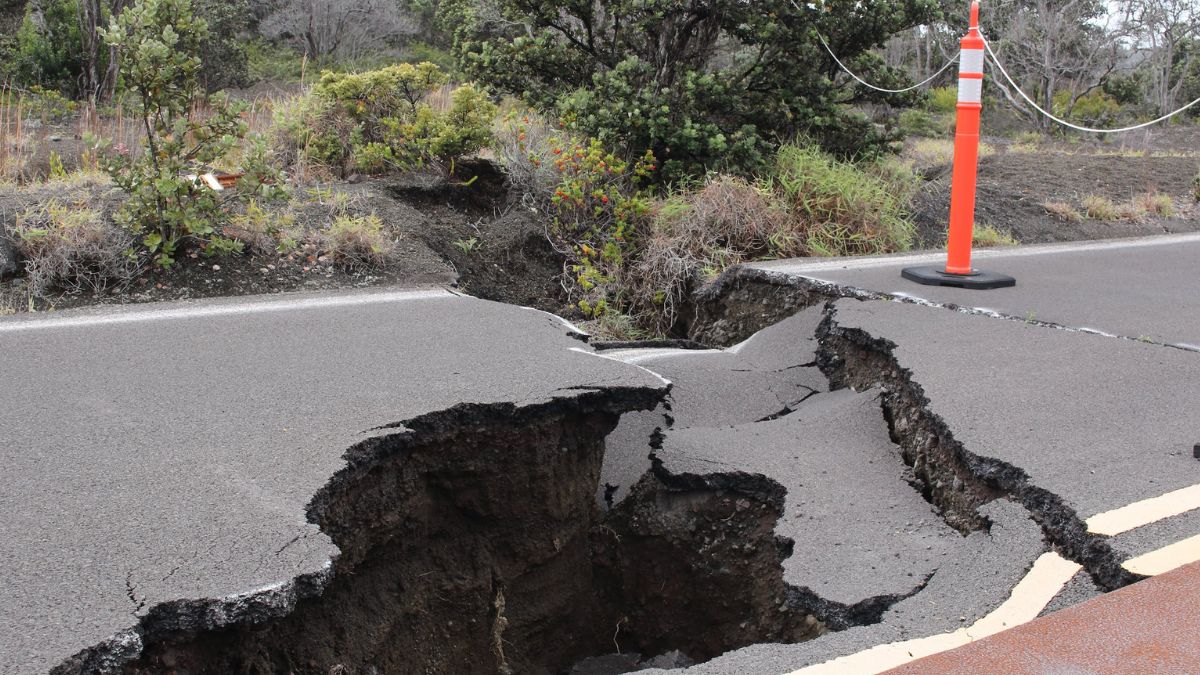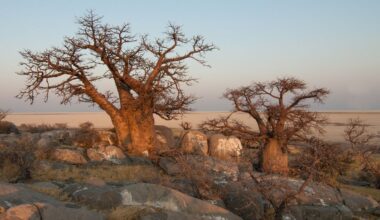Earthquakes, powerful and often unpredictable natural phenomena, arise from the shifting of the Earth’s tectonic plates, leaving significant impacts on landscapes and communities. Here are ten captivating facts shedding light on the nature and impact of earthquakes.
Tectonic Plate Movements
Earthquakes occur due to the movement of tectonic plates—large slabs of the Earth’s crust. Interactions between these plates cause stress and strain, resulting in sudden releases of energy in the form of seismic waves.
Seismic Waves
Seismic waves are the energy released during an earthquake. These waves travel through the Earth, causing the ground to shake. Primary (P-waves) and secondary (S-waves) waves are the two main types of seismic waves.
Measuring Earthquakes
The Richter Scale, developed by Charles F. Richter in the 1930s, quantifies the magnitude of earthquakes based on the amplitude of seismic waves. This logarithmic scale measures the energy released during an earthquake.
Fault Lines
Fault lines are areas where tectonic plates meet and interact. Earthquakes commonly occur along these fault lines, such as the San Andreas Fault in California, where the Pacific and North American plates converge.
Frequency of Earthquakes
Earthquakes occur daily worldwide, but most are minor and go unnoticed. Larger, more destructive earthquakes are less frequent but can cause significant damage and casualties.
Subduction Zones
Subduction zones, where one tectonic plate sinks beneath another, are common sites for powerful earthquakes. The movement and release of pressure in these zones can lead to devastating seismic events.

Tsunamis and Earthquakes
Some earthquakes generate tsunamis—large ocean waves caused by the displacement of water due to seismic activity. Submarine earthquakes or those near coastlines can trigger tsunamis with destructive consequences.
Seismology and Monitoring
Seismologists study earthquakes and seismic waves to understand their origins and behavior. Monitoring stations worldwide track seismic activity to assess earthquake patterns and provide early warnings.
Earthquake Preparedness
Preparation and awareness are key in mitigating earthquake risks. Communities in earthquake-prone areas implement building codes, conduct drills, and develop emergency plans to minimize the impact of earthquakes.
Global Impact
Earthquakes can have significant global repercussions. Beyond immediate damage, they can disrupt infrastructure, trigger landslides, alter landscapes, and even influence volcanic activity in certain cases.
Earthquakes stand as profound manifestations of the Earth’s dynamic nature. While their occurrence can bring devastation, ongoing scientific research, preparedness measures, and technological advancements in monitoring and prediction contribute to reducing their impact on human lives and infrastructure.
Understanding the complexities of earthquakes not only aids in mitigating risks but also enriches our knowledge of the Earth’s geology and natural processes. As efforts continue to comprehend and prepare for these seismic events, the quest for resilience and safety in earthquake-prone regions remains an ongoing priority.










